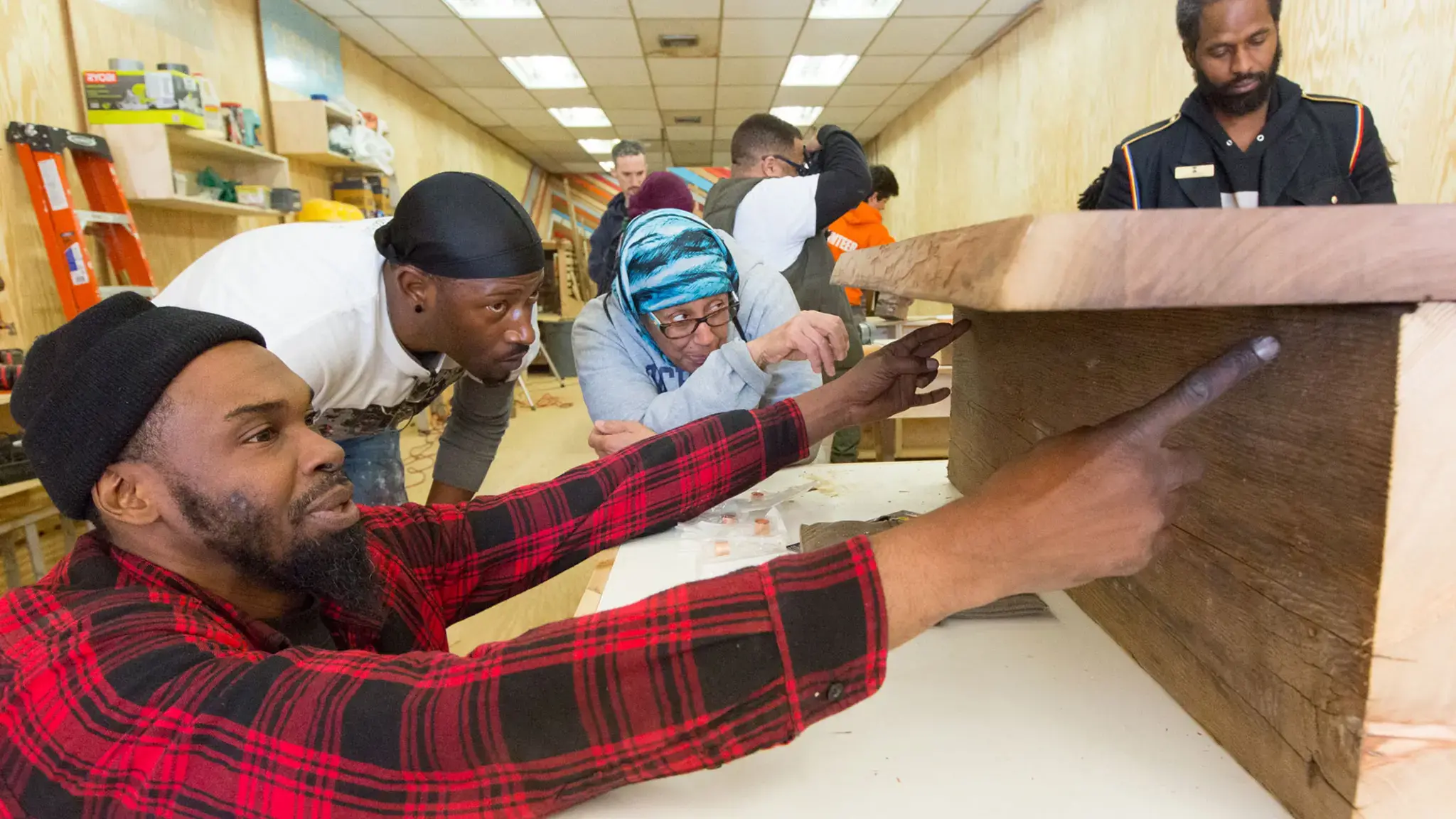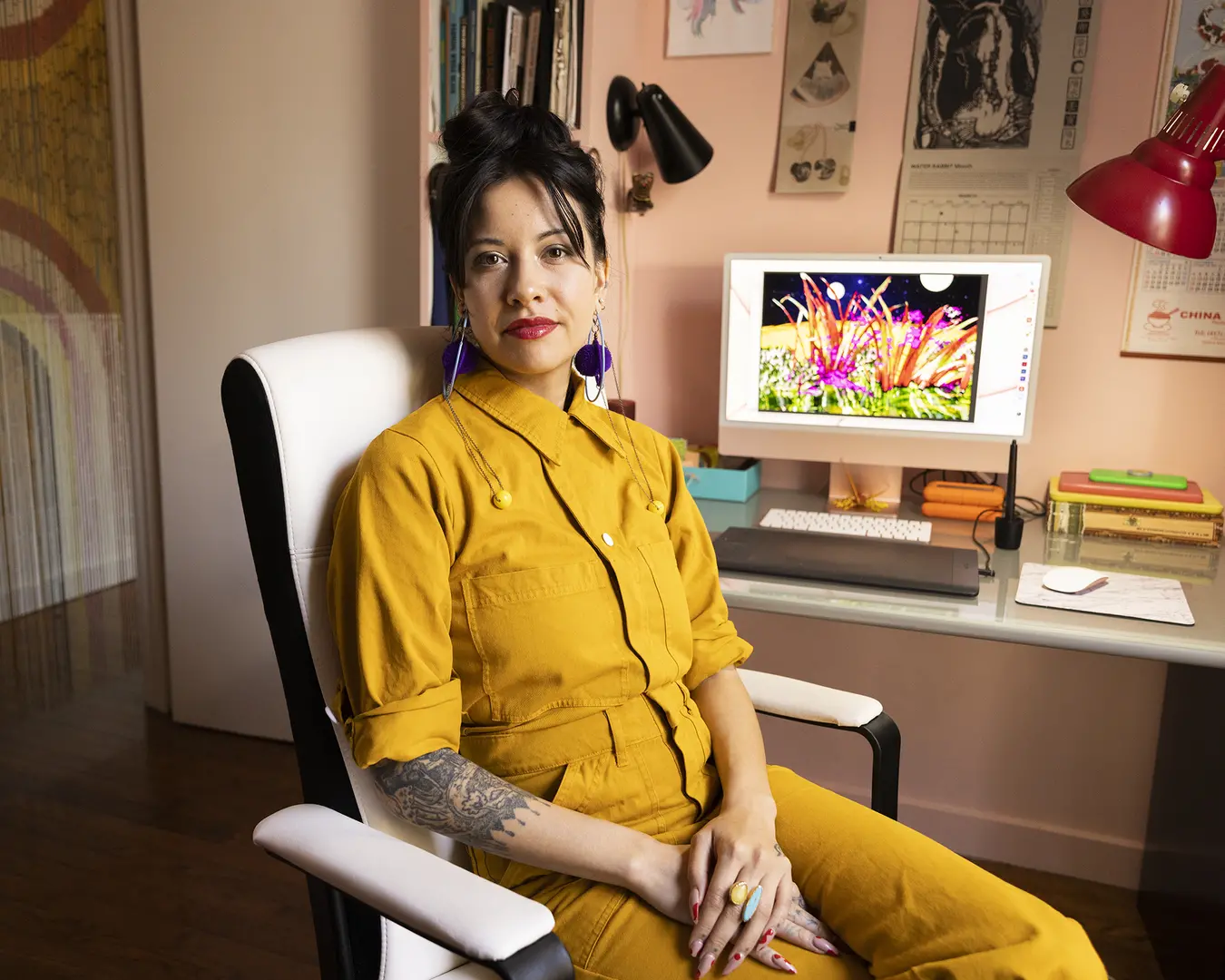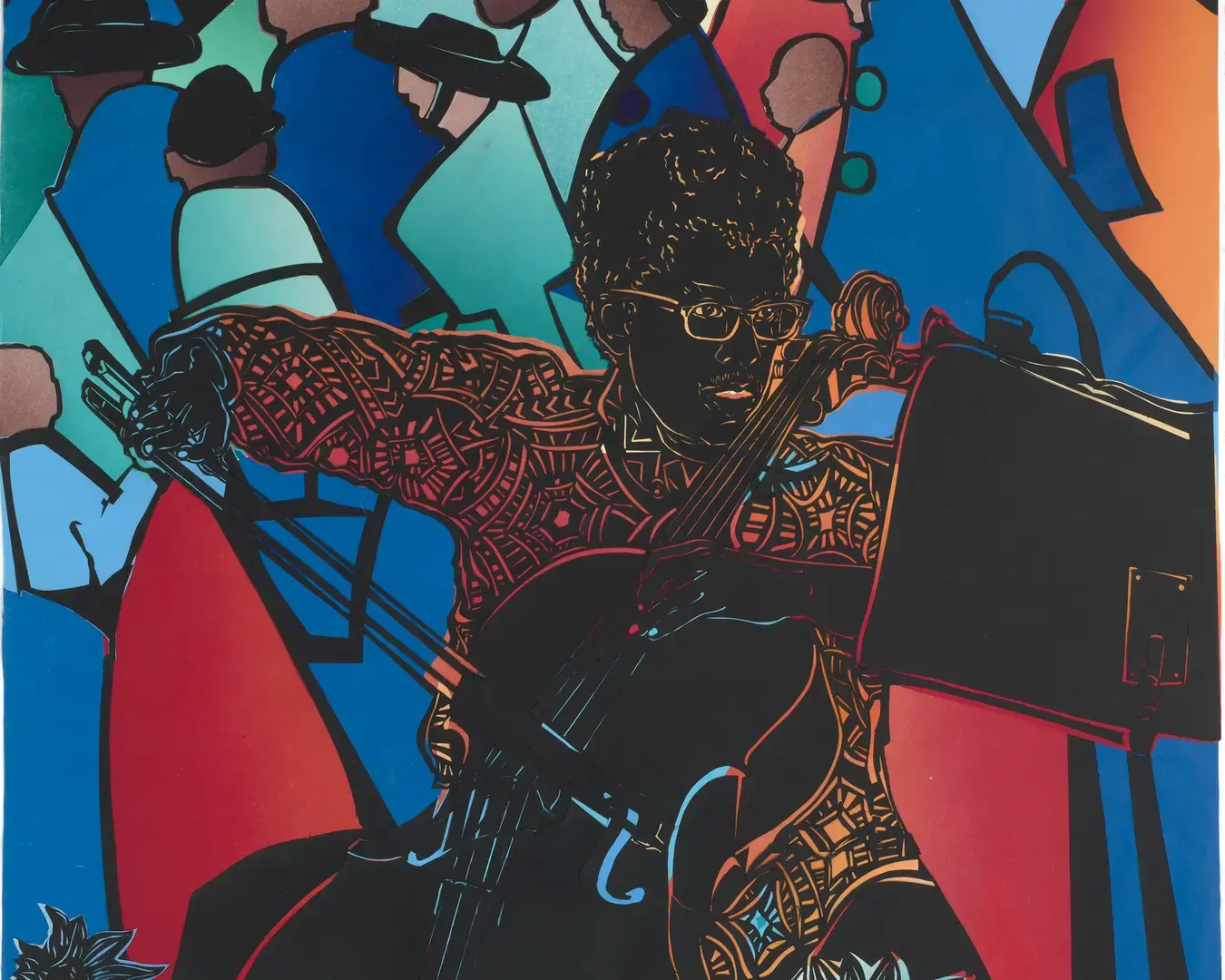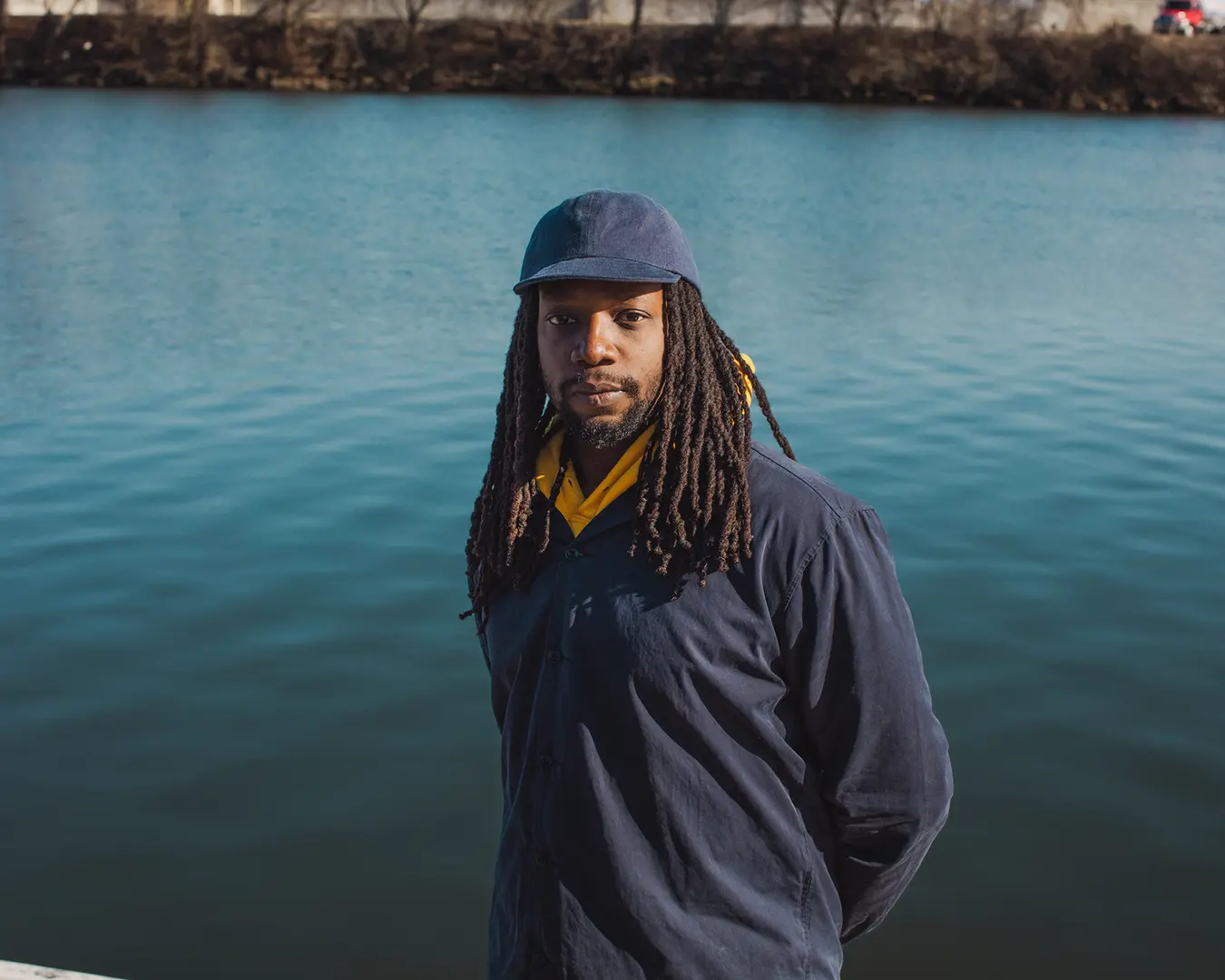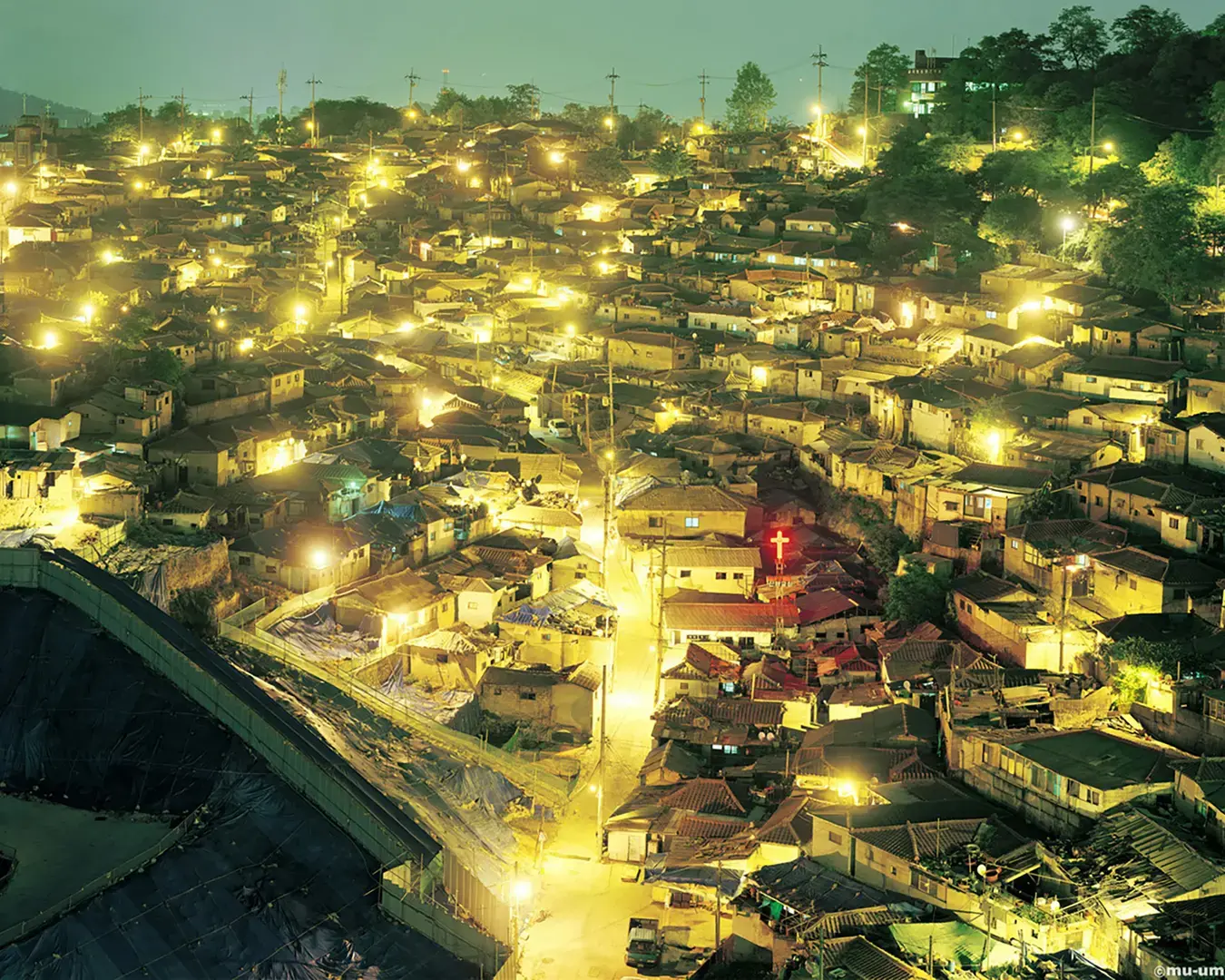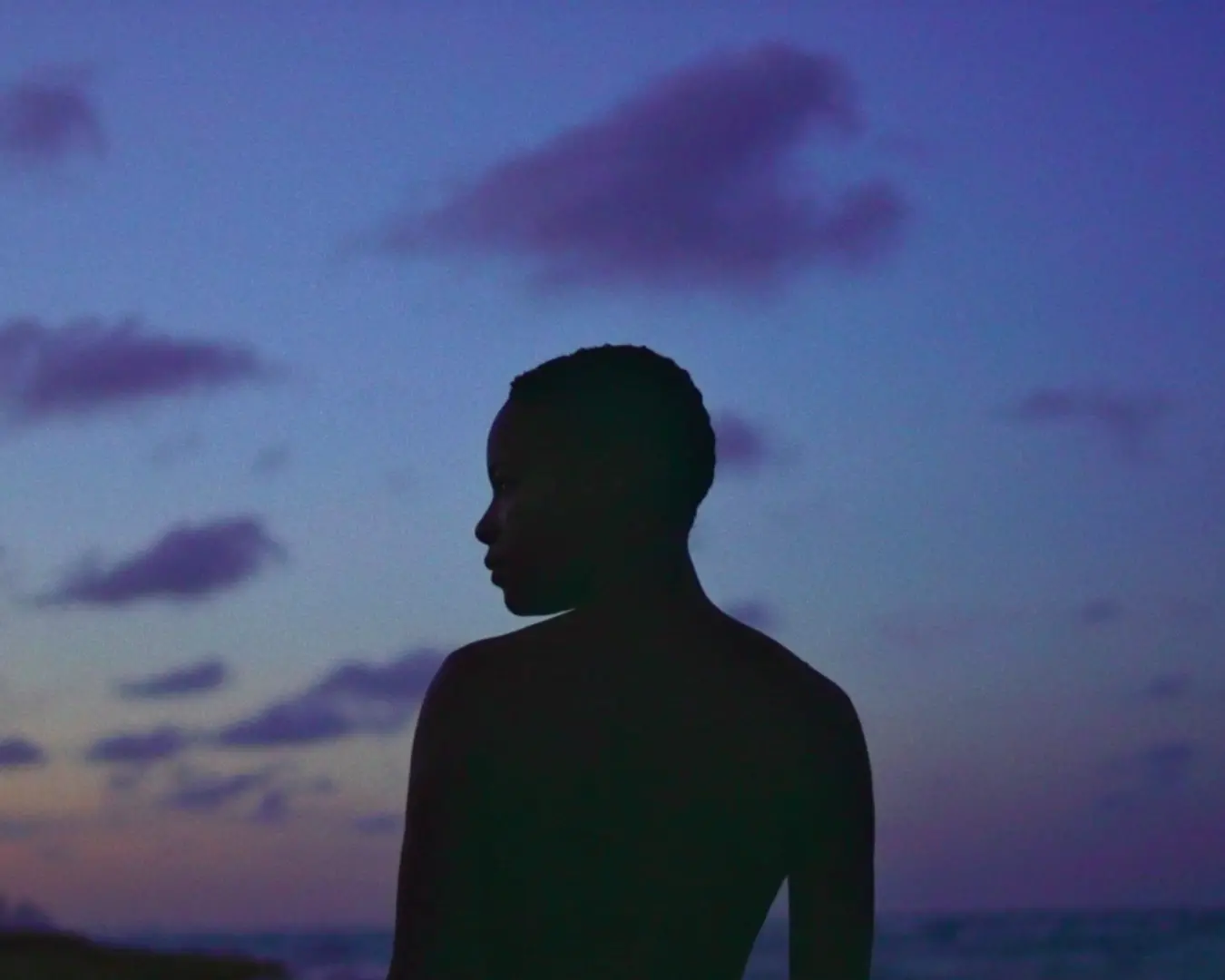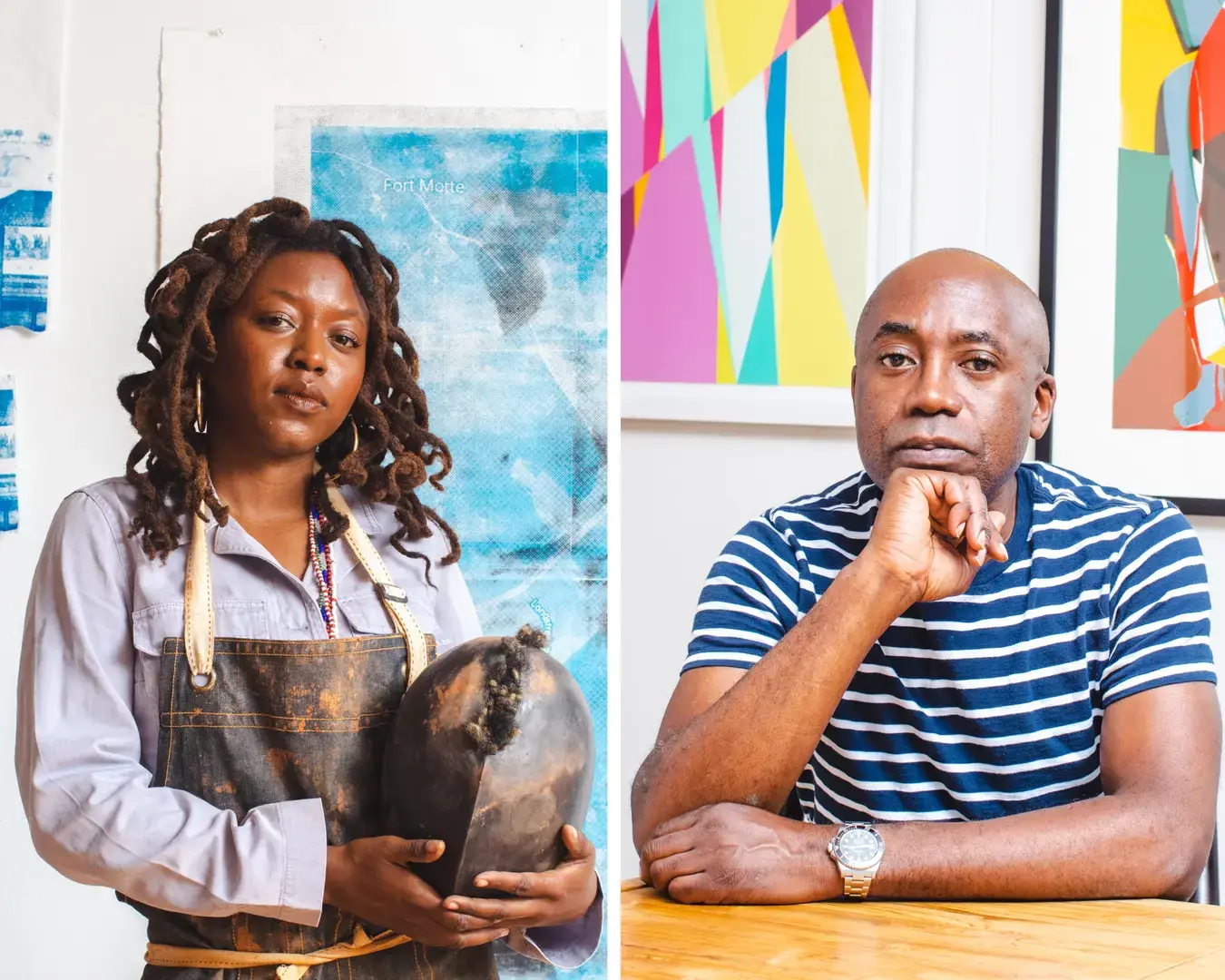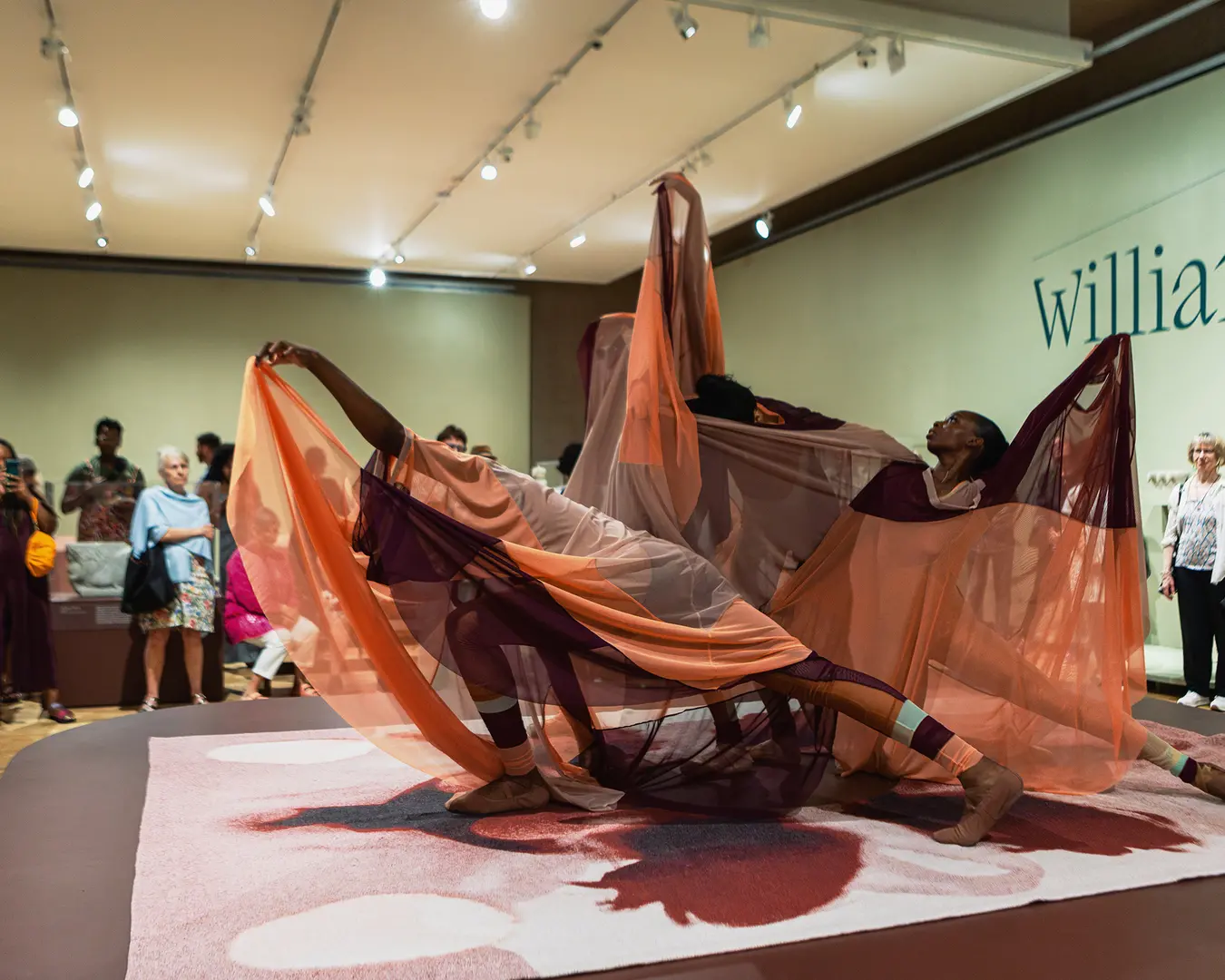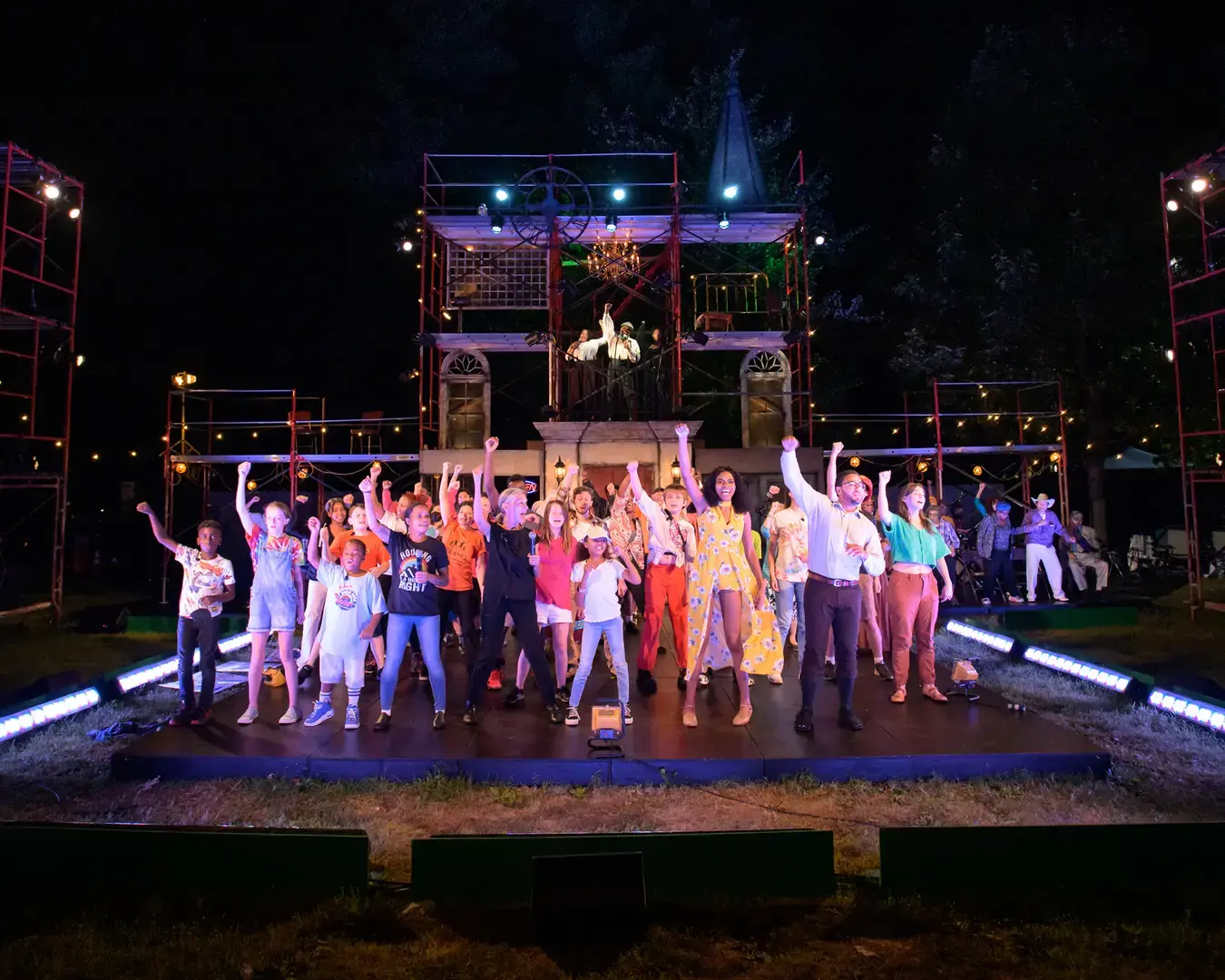How are cultural leaders and practitioners addressing artistic and organizational challenges today? And how do they make room for creative and institutional growth, while facing shifting audience expectations and consumer behaviors? In this series of interviews with Center grantees, we offer a look inside the practices of many of Philadelphia’s leading cultural institutions and artists, their distinct characters, aspirations, and more.
Here, we speak to Laurie Zierer, executive director of the Pennsylvania Humanities Council (PHC) whose ongoing Center-funded project, Chester Made Cultural Exploration Zone, seeks to revitalize Chester’s downtown by engaging the community in place-making activities and pop-up “maker spaces” to design prototypes that beautify, reinterpret, and animate vacant public spaces. Zierer talks with us about the story-gathering processes involved in the project, PHC’s embrace of mobile technology and socially-engaged practice, and her vision for the future. Learn more about Chester Made here.>>
You began the Chester Made Cultural Exploration Zone project with research conducted through a 2014 Center Discovery grant, for which you brought together community members and practitioners in history, creative placemaking, and urbanism to engage in dialogue and create new city narratives. How did this story-gathering process inform the efforts that are happening now?
Stories are the heart and soul of the humanities. They create a space for new voices and new understanding. They show us the mystery and magic in the everyday. They open the door to possibilities. Back in 2012, storytelling brought people together in Chester, so they could identify their own assets and solutions. At the time, there was a proposal for a cultural corridor that would drive the city’s revitalization. Our Chester team heard about nearly 200 people, places, organizations, and events that were dear to the cultural fabric of the community. We celebrated them and got a road map for the project and downtown development. What came through clearly was that Chester had its own brand, and people were ready to make change themselves—rather than wait for change to happen. When asked what they envisioned, residents said it's got to be "Chester Made." Partner and artist Devon Walls designed a logo for the movement.
What are your goals for the project, and how will you know if you’ve reached them?
“Everyone is a leader in their own right in a movement,” reflected artist L. Ward from Butcher Shop Rehab after he met Theaster Gates with us in Chicago. We have reimagined our work in this way, putting people first and embracing the very process of discovery, making knowledge, devising art, and community building in our own terms. And that’s how we define our goals. So on this journey, we have to have the courage to let go and trust in the process of community engagement to inspire solutions and develop the leadership that will emerge out of such a civically-engaged process. We are working on an evaluative methodology that embraces such an emergent practice and privileges stories of change. The “Most Significant Change” technique [written by Rick Davies and Jess Dart] is a participatory monitoring technique that allows project stakeholders both to decide what sorts of change are to be recorded, and to play a role in analyzing the data.
Is the definition of public humanities shifting right now?
Many times humanities is defined as a list of academic subjects—such as philosophy, literature, religion, art, music, history, and languages—that we have used to understand and document our world. We like to say that at the Pennsylvania Humanities Council we are putting the human back in the humanities, and putting the tools of our trade—like storytelling, interpretation, creativity, and civic dialogue—in people’s hands to build their own communities, celebrate cultural diversity, and develop vibrant local economies. We have the toolkit for a grassroots participatory democracy that’s not only aimed at building an equitable society and educational opportunity, but also grounded in the diverse arts and culture we dearly love.
In We Are the Ones We Have Been Waiting For, philosopher Peter Levine argues that people are our best renewable source of energy and power. We agree, and the PHC is a national leader in shifting the humanities community to embrace a more socially-engaged practice. Over the last few years, as we refined the strategic vision for PHC, we decided that we wanted to make an impact in a different way—for the humanities to touch people who may not ordinarily go to places like museums and libraries. So we chose to put people first, to trust in them to guide the way. This was a new way of thinking, and it took a lot of courage to step out of our comfort zone. Rather than focusing on what the humanities mean, we wanted to demonstrate what the humanities can do to create long-term positive change. Nowadays, you are more likely to see us sitting at a table in cities like Chester, Easton, Carlisle, Williamsport, and Meadville with a mayor, community activists, artists, entrepreneurs, and many other different kinds of people talking about their stories, values, and plans for the future.
How do you define creative placemaking, and how does the Chester Made project fit into that definition?
I think our definition of creative placemaking at PHC has shifted with our learning, and will continue to do so, as we work with communities and develop our practice with them. Right now, I’d say that Chester Made is a place-led initiative that puts people first to harness the grassroots creative talents and wealth of local arts and cultural assets in the city of Chester as a force for building community, character of place, and long-term revitalization. We are successful when we put engaged participation first—before bringing art, history, or economic development into the placemaking equation. You have to build a movement that creates synergy, collaboration, cross-pollination, and inspiration among different partners. That principle has guided our best practices, pushing us to design the project together with the community, and let our leaders and journey emerge from the process. That has created a new pop-up workshop and program downtown where residents are making art, exploring the past, building community connections, and rebuilding their downtown and neighborhoods.
How has the proliferation of mobile technology changed the way you think about programming and community engagement, if at all? Has it come into play with your current project?
When we shifted direction, I never expected that social media and photo and video storytelling would play such a role in our new practice. They are community engagement tools accessible to mostly everyone. With a click of a button, people can share a selfie, post a video story about being “Chester Made,” or report on a positive activity happening in their neighborhood. In a city like Chester, ordinary citizens can change the narrative about what’s special and positive about their community and the people who live there. That’s a powerful force of resistance and individual empowerment in the face of daily negative media attention. Our followers on our Chester Made Facebook page grow daily, and we are working to put citizen correspondents in the field to build the movement.
How do you envision your organization in 5 years? How do you imagine that it might be different than today?
I expect we will be much more communications- and research-oriented than we are now. With our new directions, we’ve been busy in the field piloting new humanities models for youth education with our Teen Reading Lounge program, and civic engagement using the Orton Family Foundation’s “Community Heart & Soul” model. We have also been developing partnerships with others who care deeply about economic inequity, educational disparities, and civic disengagement—and who see the value of the arts and humanities in addressing them. Such work takes time and a good deal of resources, so we’ll need to spend even more of our attention articulating the value of deep humanities programming to funders and stakeholders. I am envisioning much more video storytelling, new research briefs, and participant impact trackers on mobile phones. To that end, we will be partnering more with reporters and scholars, as well as doing communications and research that is more participatory and community-based.
